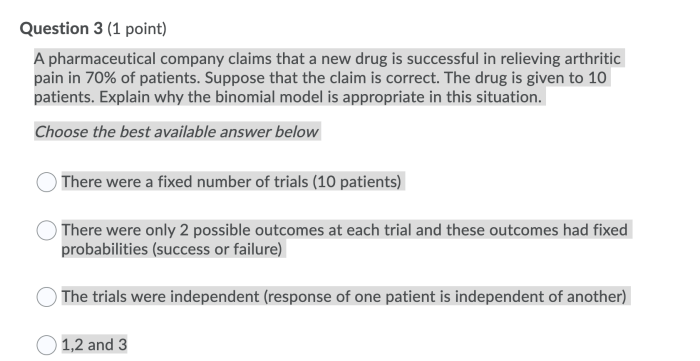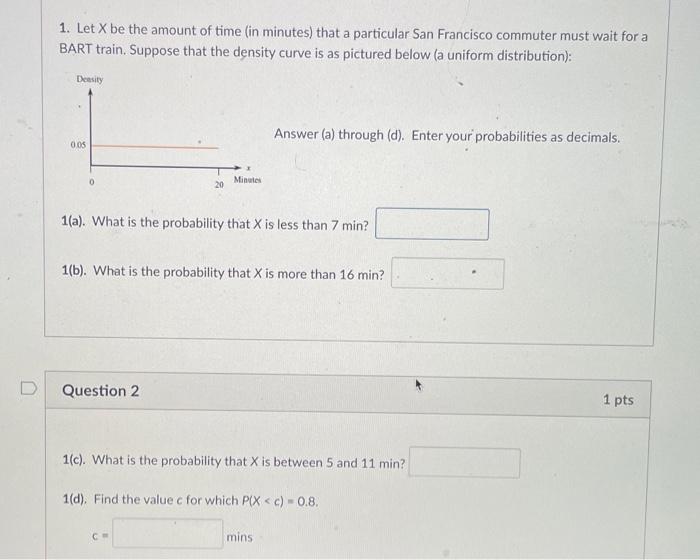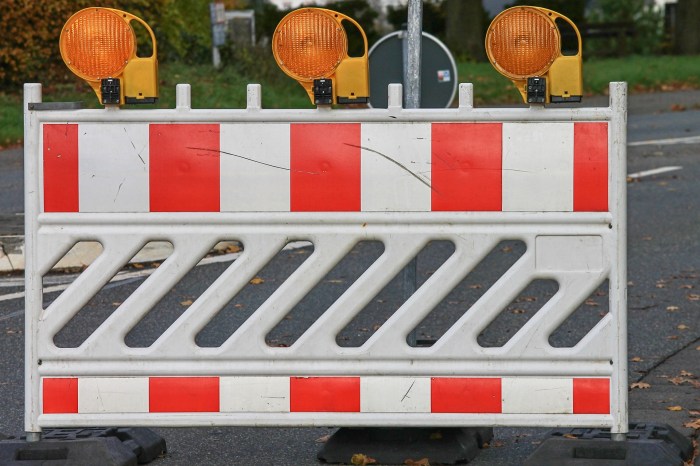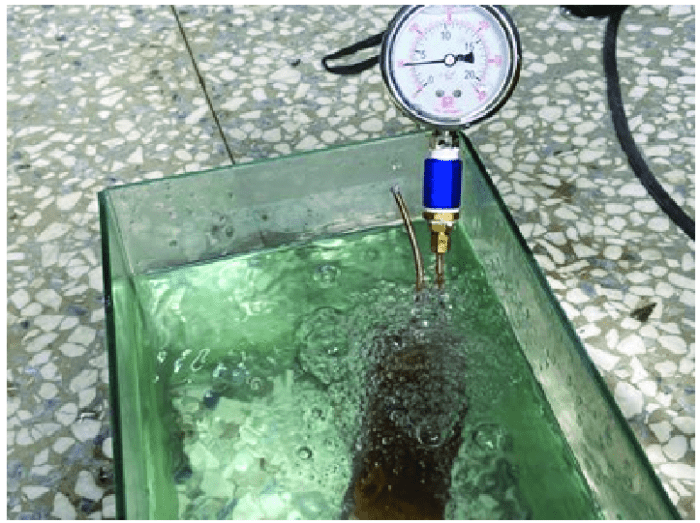Navigating Bad Pavement: What to Do
What do you do if bad pavement is encountered? It’s a question every driver faces at some point, whether it’s a pothole-ridden city street or a cracked country road. Bad pavement can be more than just an annoyance – it can be a serious safety hazard and even damage your vehicle.
This guide will help you navigate these situations safely and confidently, from recognizing potential dangers to knowing what to do when you encounter them.
Understanding the types of bad pavement is the first step. Potholes, cracks, uneven surfaces, and loose gravel are common culprits, each presenting unique challenges. Learning to identify these hazards early on will help you anticipate potential problems and react accordingly.
Driving Safely on Bad Pavement
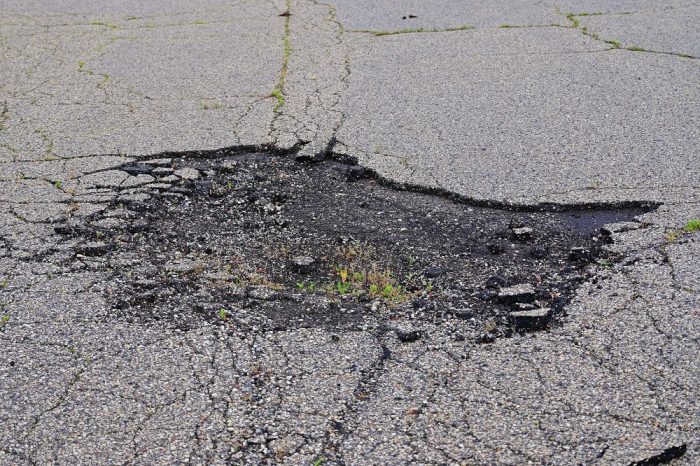
Driving on bad pavement can be a challenging experience. It’s important to be extra cautious and take the necessary precautions to ensure your safety and the safety of others.
Adjusting Speed and Distance, What do you do if bad pavement is encountered
When driving on bad pavement, it’s crucial to reduce your speed and maintain a safe distance from other vehicles. This gives you more time to react to potential hazards and avoid accidents. By reducing speed, you minimize the impact of bumps and potholes, which can damage your vehicle and cause loss of control.
Maintaining a safe distance provides a buffer zone, allowing you to brake or maneuver safely if necessary.
Steering and Braking Techniques
Adjusting your steering and braking techniques is essential for navigating uneven surfaces. Here are some tips:
- Steering:When encountering potholes or uneven surfaces, grip the steering wheel firmly and steer smoothly. Avoid sudden movements or over-correcting, which can lead to loss of control.
- Braking:Apply brakes gently and progressively, avoiding hard braking, which can cause your vehicle to skid or lose traction. If you need to brake suddenly, try to do so in a controlled manner, maintaining a firm grip on the steering wheel.
Anticipating Potential Hazards
Anticipating potential hazards is crucial for safe driving on bad pavement. Here are some ways to stay alert:
- Observe Road Conditions:Pay close attention to the road surface ahead. Look for signs of potholes, cracks, uneven pavement, or other hazards.
- Watch for Other Vehicles:Be aware of the vehicles around you, especially those that may be driving too fast or not paying attention.
- Be Prepared for Sudden Changes:Bad pavement can cause sudden changes in road conditions, such as a sudden drop or rise in elevation. Be prepared to adjust your speed and steering accordingly.
Alternative Routes and Navigation: What Do You Do If Bad Pavement Is Encountered

When driving on bad pavement, it’s crucial to consider alternative routes to avoid potential damage to your vehicle and ensure a smoother journey. Navigation apps and online mapping tools can be invaluable in this situation, providing real-time information and helping you navigate around problem areas.
Using Navigation Apps for Alternative Routes
Navigation apps are designed to provide the most efficient routes, but they also offer features that can help you avoid bad pavement. Many apps allow you to set preferences to avoid certain road types, such as unpaved roads or roads with known potholes.
You can also use these apps to check for real-time traffic updates and road closures, which can help you identify areas with potential bad pavement conditions.
Examples of Using Navigation Apps to Avoid Bad Pavement
Imagine you’re planning a trip from New York City to Boston. You know there’s a stretch of highway with notorious potholes. Using a navigation app, you can input your destination and then adjust your route preferences to avoid highways. The app will then suggest alternative routes, potentially using scenic backroads or highways with better pavement conditions.
Another example is when a major road is closed due to construction or weather conditions. Navigation apps can alert you to these closures and automatically suggest alternative routes. By using these features, you can avoid potential delays and ensure a safer and smoother journey.
Checking Real-Time Traffic Updates and Road Closures
Before embarking on any journey, it’s essential to check for real-time traffic updates and road closures. This can be done through navigation apps, websites like Google Maps, or even local news sources. By staying informed about potential road hazards, you can plan your route accordingly and avoid areas with bad pavement or road closures.
Navigation apps often provide real-time traffic information, including reports of accidents, construction, and road closures. This information can help you identify areas with potential bad pavement and choose alternative routes. Additionally, checking for real-time traffic updates can help you avoid delays and ensure a more efficient journey.
End of Discussion
Facing bad pavement doesn’t have to be a stressful experience. By staying informed, adjusting your driving habits, and knowing how to report issues, you can navigate these situations with ease. Remember, your safety and the well-being of your vehicle are paramount.
So, the next time you encounter bad pavement, approach it with a calm and prepared mindset, and you’ll be able to drive through it without a hitch.


